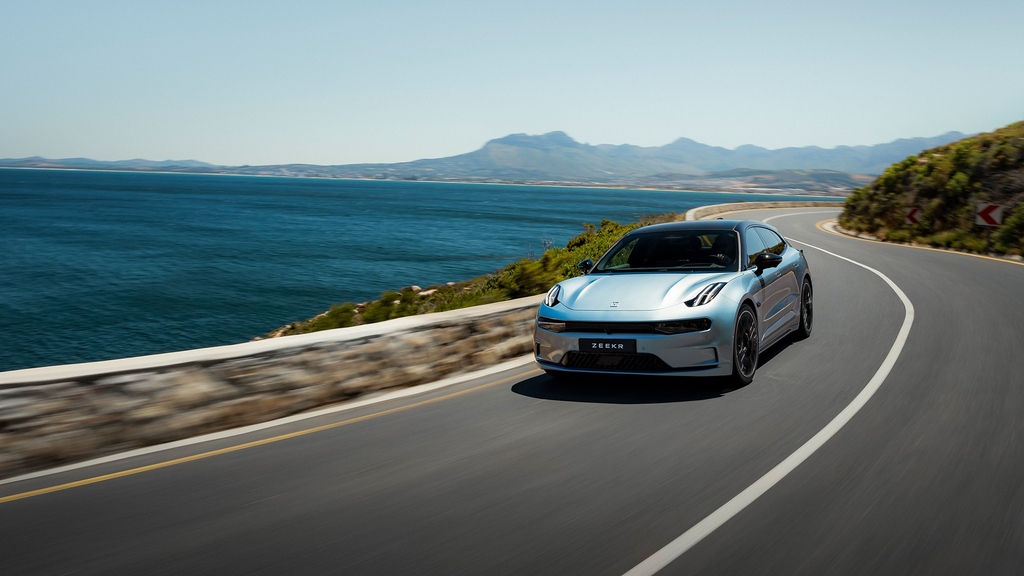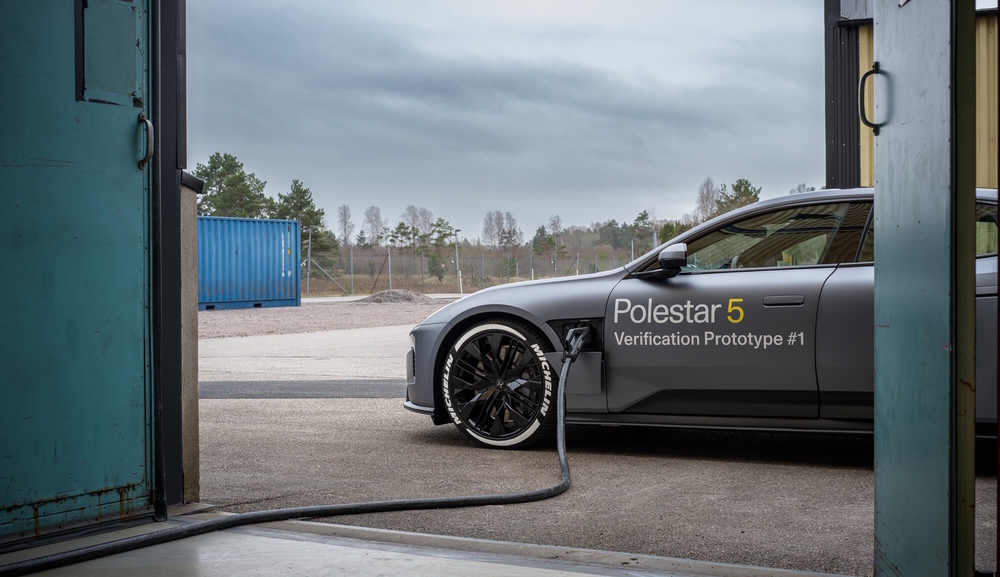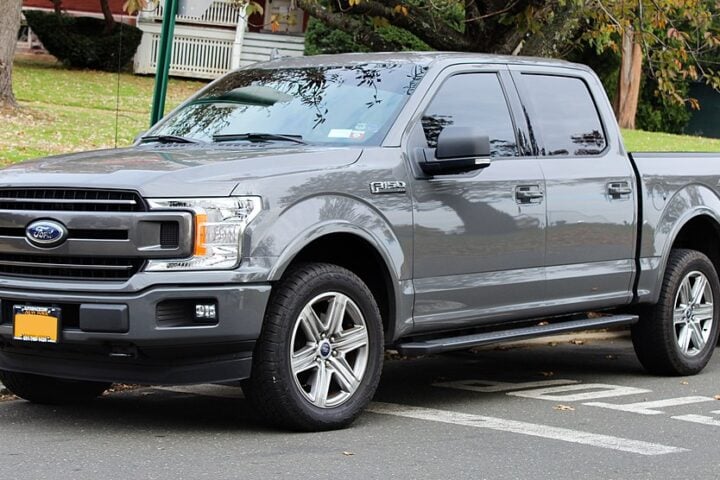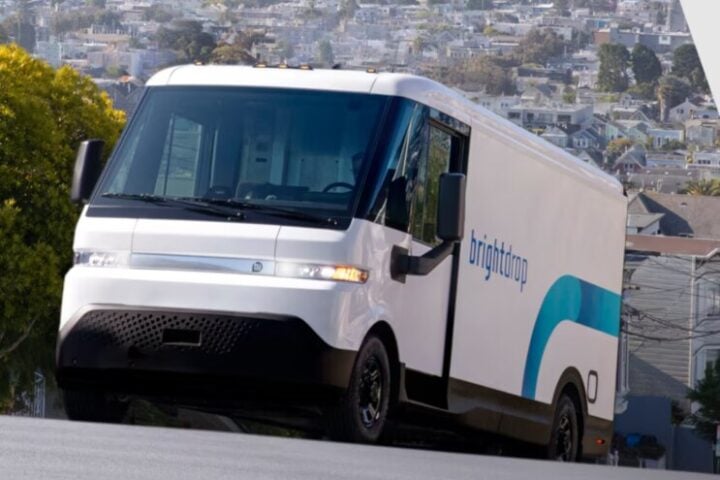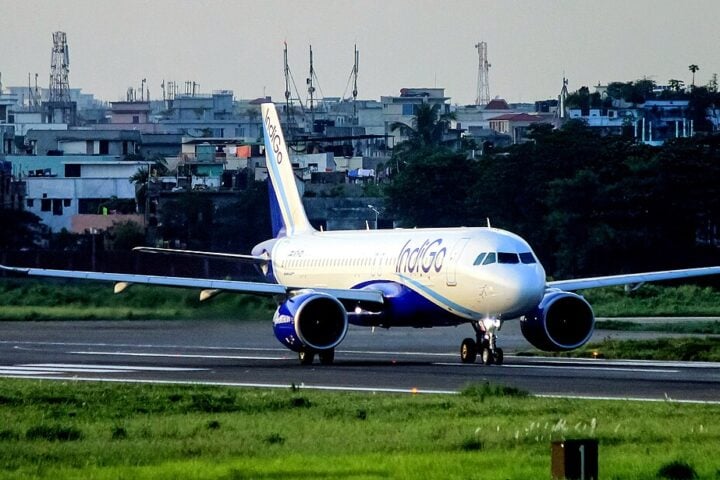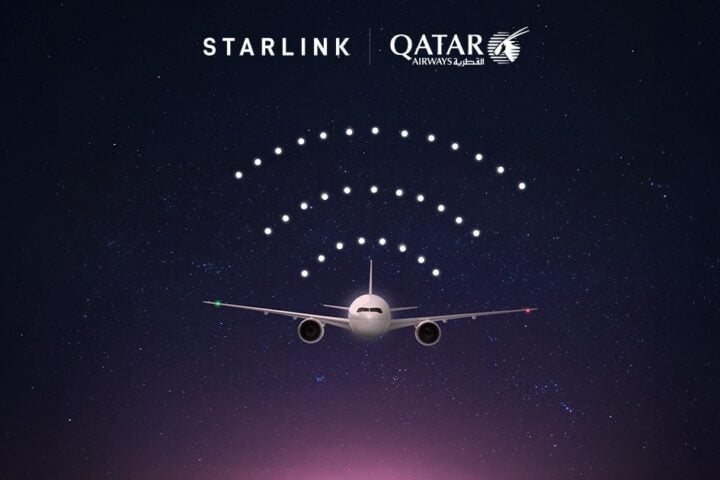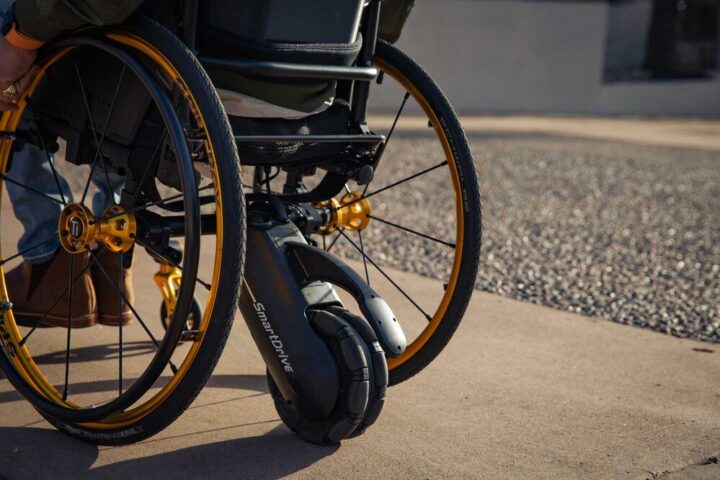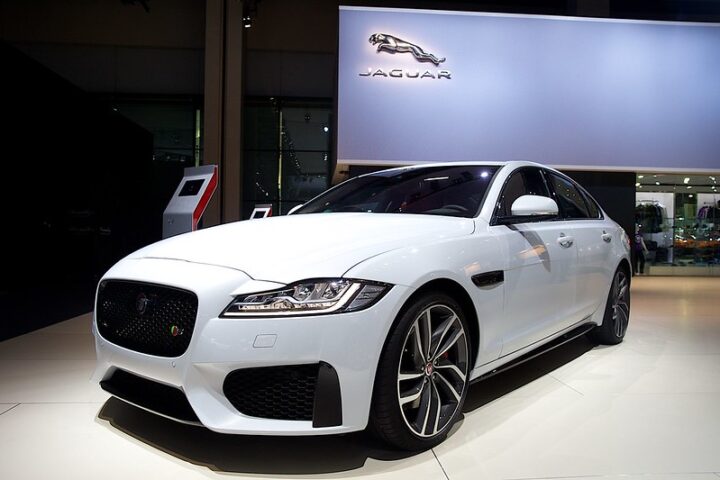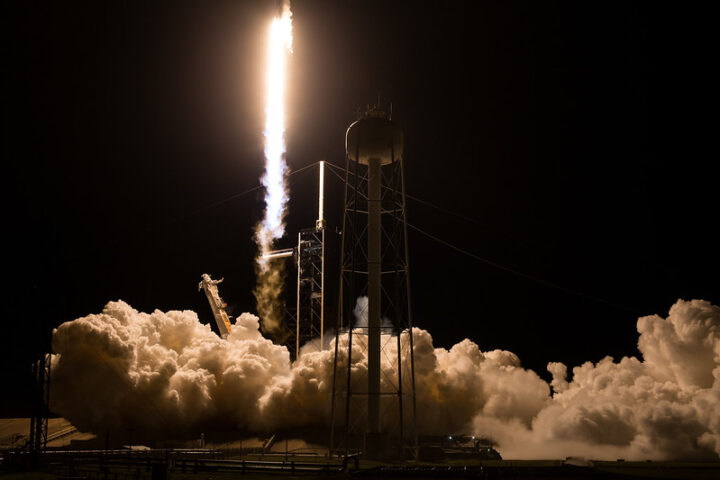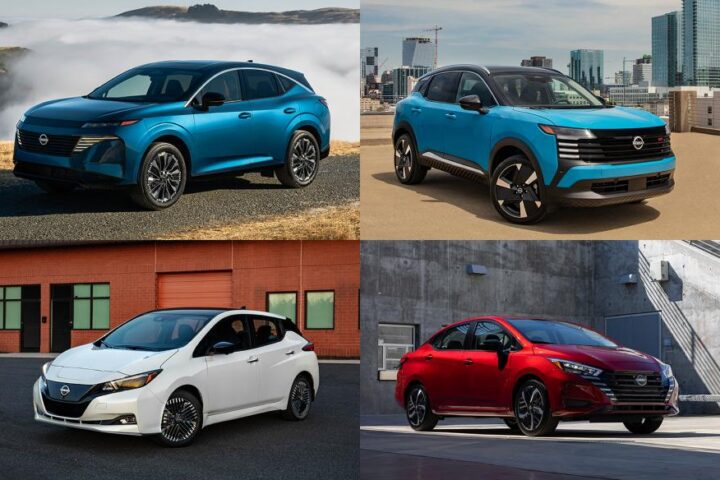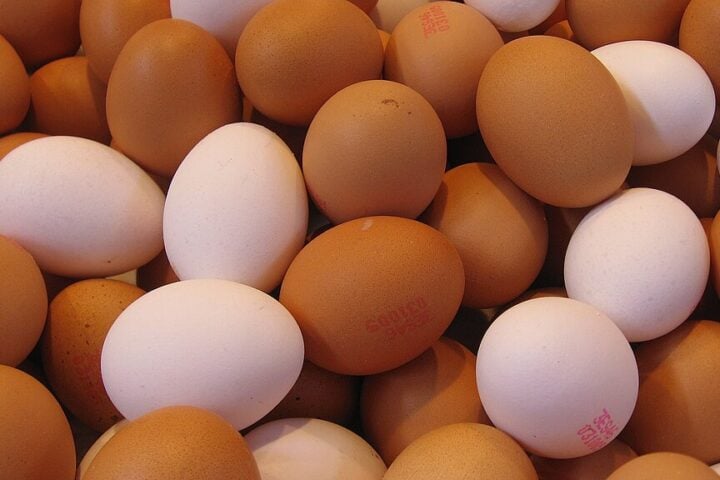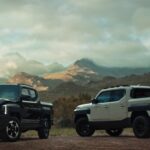On May 3rd, Zeekr Automotive Technology Co., Ltd. submitted an updated red herring prospectus to the U.S. Securities and Exchange Commission. They plan to list on the New York Stock Exchange under the ticker symbol “ZK”, intending to issue 17.5 million American Depository Shares (ADS), with each ADS representing 10 ordinary shares, at a price range of $18 to $21 per ADS.
The prospectus reveals that Zeekr expects to use approximately $308.6 million in net proceeds from the IPO for the development of more advanced electric vehicle technologies, sales and marketing, expansion of its charging network, and general corporate purposes. Goldman Sachs, Morgan Stanley, Merrill Lynch, and China International Capital Corporation are serving as underwriters. Geely Automobile, an existing shareholder, has indicated it will subscribe for up to $320 million in ADS. Other investors and shareholders, including CATL and Mobileye, have also expressed interest in participating.
Zeekr is the fourth Chinese electric vehicle company to go public in the U.S., following NIO, Li Auto, and Xpeng Motors. Unlike many other new automakers that went public while still incurring losses, Geely Automobile Group’s Deputy CFO Dai Yong previously stated that with increased sales and gross margins, Zeekr aims to become profitable in 2024 (according to Hong Kong financial reporting standards). According to these standards, Zeekr’s losses in 2023 were 1.135 billion yuan, an improvement from the 2.039 billion yuan loss the previous year. Zeekr targets profitability this year, which if achieved, would make it the fastest new automaker to reach break-even.
According to the prospectus, Zeekr’s total revenues in 2021, 2022, and 2023 were 6.5 billion yuan, 31.9 billion yuan, and 51.7 billion yuan respectively, with a 62% year-over-year revenue growth in 2023; net losses were 4.514 billion yuan, 7.655 billion yuan, and 8.226 billion yuan; gross margins on vehicles were 1.8%, 4.7%, and 15%, respectively.
In comparison, for 2023, pure electric automakers NIO and Xpeng reported net losses of over 20 billion yuan and 10 billion yuan respectively, with gross margins of 10% and -2%. Globally, Zeekr’s 2023 vehicle gross margin of 15% is second only to Tesla’s 19%.
Additionally, Zeekr reported a positive net cash flow from operations in 2023, totaling 2.28 billion yuan. In comparison, NIO had a net operational cash flow of -1.38 billion yuan, and Xpeng had 0.96 billion yuan. From 2021 to the end of 2023, Zeekr’s cumulative R&D investment approached 17 billion yuan, with annual expenditures of 3.16 billion yuan, 5.446 billion yuan, and 8.369 billion yuan.
In terms of sales performance, as of the end of April 2024, Zeekr had delivered over 240,000 vehicles, with more than 16,000 delivered in April alone, a 99% year-over-year increase. From January to April this year, Zeekr’s sales grew by 111%, consistently leading among Chinese pure electric brands with over 200,000 units.
Similar Post
Unlike other new automakers, Zeekr initially was the electric vehicle subsidiary of Chinese automaker Geely Holding Group and was spun off as an independent company in 2021. Compared to other new automakers, Geely Holding Group’s support in manufacturing, R&D, and supply chain helps Zeekr reduce heavy asset investment, lower per vehicle costs, and diversify revenue streams.
Geely’s investment of 20 billion yuan developed the SEA architecture, which not only benefits Zeekr but also Lotus, Volvo, Geometry, Lynk & Co, among others, with 11 models across 6 brands developed and sold under this architecture. Weiwei Electric Vehicle Technology (Ningbo) Co., Ltd., a subsidiary of Zeekr, also supplies batteries, motors, and drivetrains to other automobile companies under Geely Holding Group.
The prospectus shows that Zeekr’s revenue mainly comes from three business areas: vehicle sales, powertrain business, and R&D and other services. In 2021, 2022, and 2023, revenues from the powertrain business, R&D, and other services were 4.983 billion yuan, 12.228 billion yuan, and 17.761 billion yuan, respectively.
Zeekr’s sales target for this year is 230,000 units, nearly a 100% year-over-year growth. Zeekr believes this year’s sales growth will come from four areas: first, China’s new energy market penetration exceeded 50% in April, surpassing traditional fuel passenger cars, indicating a market turning point; second, new product launches, including the MIX showcased at the Beijing Auto Show and a planned new electric SUV; third, deepening channel penetration in China’s market, where Zeekr currently has about 350 stores, 85% of which are in first and second-tier cities. Zeekr plans to accelerate its channel layout in third and fourth-tier markets, entering about 70 new markets; fourth, overseas markets, with the first stores opening in Sweden and the Netherlands last November, and additional dealership agreements signed in several Middle Eastern and Asian countries.
It is worth noting that Zeekr’s IPO corresponds to a valuation of approximately $5.12 billion, below previous expectations. Meanwhile, the capital enthusiasm for new automakers has cooled, and the high valuations of 2021 are no longer seen. Over the past two years, stock prices for NIO, Xpeng, and other new automakers have generally plummeted by about 80% from their 2021 peaks.
Analysts believe that while it is not the best window for the capital market currently, it depends on whether the company is pursuing short-term financing or long-term development. Additionally, for Chinese automotive companies aiming to expand globally, listing on U.S. stock markets is beneficial for building a global corporate governance structure.
